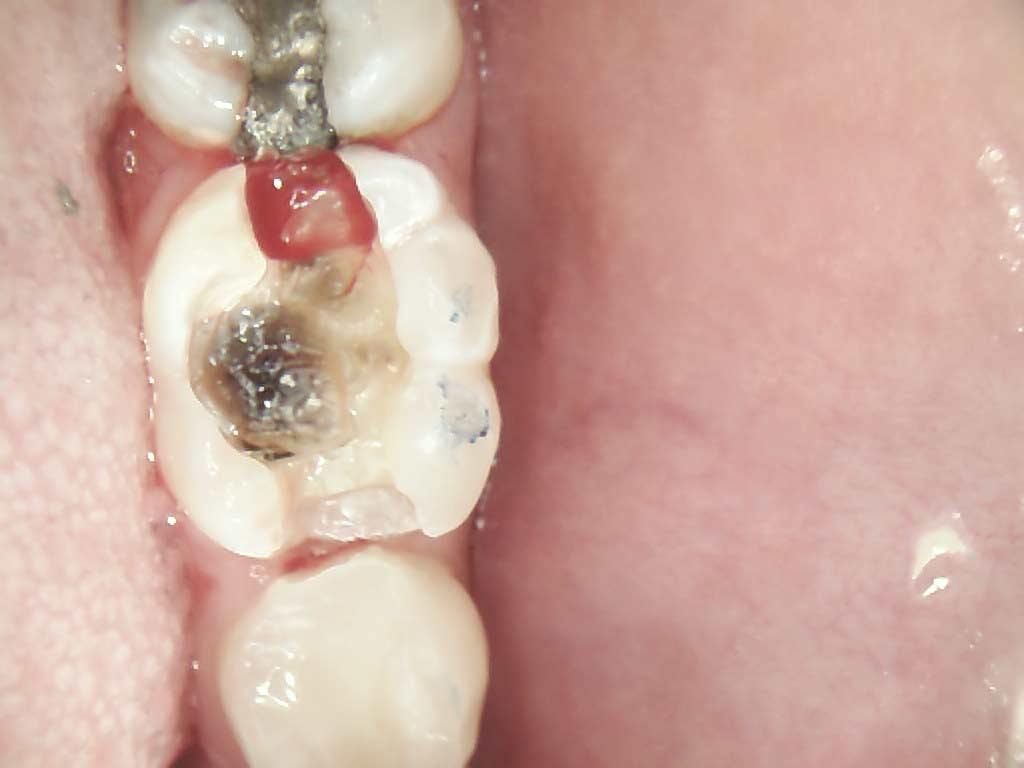+919790726189

This is your website preview.
Currently it only shows your basic business info. Start adding relevant business details such as description, images and products or services to gain your customers attention by using Boost 360 android app / iOS App / web portal.
MANAGEMENT OF DEEP CAVITY MANAGEMENT AT WEST MA...

MANAGEMENT OF DEEP CAVITY MANAGEMENT AT WEST MAMBALAM ASHOK NAGAR CHENNAI Dental cavities, or carious lesions, are among the most common oral health problems worldwide. While early-stage cavities can often be treated with simple fillings, deep cavities—those approaching or involving the pulp—require special care to preserve the tooth’s vitality and prevent more invasive procedures like root canal treatment. Understanding Deep Cavities A deep cavity is one where the decay has extended close to the dental pulp, the innermost part of the tooth containing nerves and blood vessels. If improperly managed, the bacteria from the decay can infect the pulp, leading to irreversible pulpitis or necrosis. The goal of deep cavity management is to remove the infected dentin while preserving the health of the pulp, whenever possible. This approach not only maintains tooth vitality but also improves long-term prognosis. Step-by-Step Management Diagnosis and Assessment Proper diagnosis is crucial. Clinical and radiographic examination help determine the depth of the lesion. Sensitivity tests (thermal, electric pulp testing) assess pulp status. Caries Removal Techniques Stepwise Excavation: In cases of deep caries with reversible pulpitis, the infected dentin is partially removed in the first visit. A temporary restoration is placed. After 6–8 weeks, the cavity is reopened, and any remaining softened dentin is removed before placing a final restoration. Selective Caries Removal: Only the peripheral infected dentin is removed, and the deepest layer near the pulp is left to avoid pulp exposure. This method is gaining popularity as a conservative approach. Pulp Protection When the pulp is not exposed but is at risk: Calcium hydroxide or MTA (Mineral Trioxide Aggregate) can be applied as a liner to stimulate dentin bridge formation. Glass ionomer cement may also be used as a base due to its fluoride release and sealing ability. Indirect or Direct Pulp Capping Indirect pulp capping is done when the pulp is nearly exposed but not breached. Direct pulp capping is performed if there is a pinpoint pulp exposure and the pulp is still healthy. MTA is the material of choice due to its high success rate. Final Restoration A well-sealed, durable restoration—such as composite resin or a full-coverage crown—is essential to prevent microleakage and future decay. Conclusion Deep cavity management is a balance between removing decay and preserving pulp vitality. Advances in materials and techniques have made it possible to save teeth that would have once required root canal treatment. A careful, conservative approach, supported by proper diagnosis and good technique, can lead to long-term success and tooth survival. Dental Clinics in West Mambalam Dentists in West Mambalam Dentists in Ashok Nagar Best dentist near me Best Dental Clinics in West Mambalam Oral surgeon in West Mambalam Dental Implants in West Mambalam Oral surgeon in Ashok Nagar Gum specialist in West Mambalam Periodontist in Ashok Nagar Best root canal specialist in West Mambalam Best root canal specialist in Ashok Nagar Root canal treatment in West Mambalam

